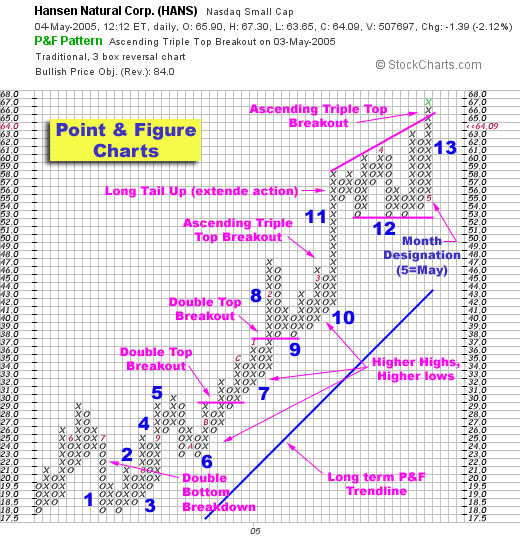A reader, Steven Mac, asked me if I could highlight the key fundamental points in the case studies I post on this blog. I will list his questions (in blue) below and then answer them using the numbers of actual case studies in 2007 (MA, BIDU and EDU will be my focus). Read any of these books to understand in depth what I am looking for with fundamental analysis:
Questions:
1) What is the min number of institutions you want to see holding a stock? What is the max?
2) Shares Held/Previous Period
3) Shares Bought and Sold – total interest of all participants? increasing buy demonstrating demand on expected results? sold indicating institutions are aware of some internal number or news of future performance problems?
Question #1 Answer:
I don’t have a minimum number of institutions that I would like to see holding a stock. I also don’t like to set a maximum threshold. However, I prefer to see a young growth stock have between 50 and 300 institutional investors. This tells me that it has room to grow and more “smart money’ can pour in without saturating the stock’s market.
2/6/07: EDU: 97, 8/23/07: EDU: 159 – 64% increase
4/2/07: MA: 393, 8/23/07: MA: 513 – 30% increase
4/25/07: BIDU: 255, 8/23/07: MA: 238 – a decrease (+18 sellers last period)
*EDU had a 1900% increase in institutional buyers during the case study in february. As you know, the stock moved from $36 to $60 after the case study and sponsorship increased another 64%.
*BIDU moved from $100 to $200 after the case study as institutional investors jumped in but they have been bailing as of late.
Think about this: RIMM has 841 current holders, AAPL has 2,436 and MSFT has 3,746.
Question #2 Answer:
I pinpoint stocks that have had substantial increases in shares held versus shares held previous period. This statistic will directly correlate to the value of shares bought and the value of shares sold. As long as more money is pouring into the stocks, I will keep it on my watch list for a potential buy. The contrary is true if I am looking for reason to sell. Anything above 25% is solid and anything above 100% is substantial (PRXI was my latest case study and the shares held went from 2.8M to 11.7M for a 318% gain).
Question #3 Answer:
Shares bought is very important because it is the true number behind the increase in institutional sponsorship. For example, institutional buyers may increase by 60% but the number of new shares bought may only increase by 10% (not a good sign). But, if the number of new shares bought is a lot stronger than shares sold, we have accumulation.
EDU had 6.3M shares bought and only 22k sold – ACCUMULATION! (286:1 ratio)
MA had 36.2M shares bought and 25.3M shares sold – ACCUMULATION (3:2 ratio)
BIDU has 8.63M shares bought and 4.58M shares sold – ACCUMULATION (2:1 ratio)





Connect with Me